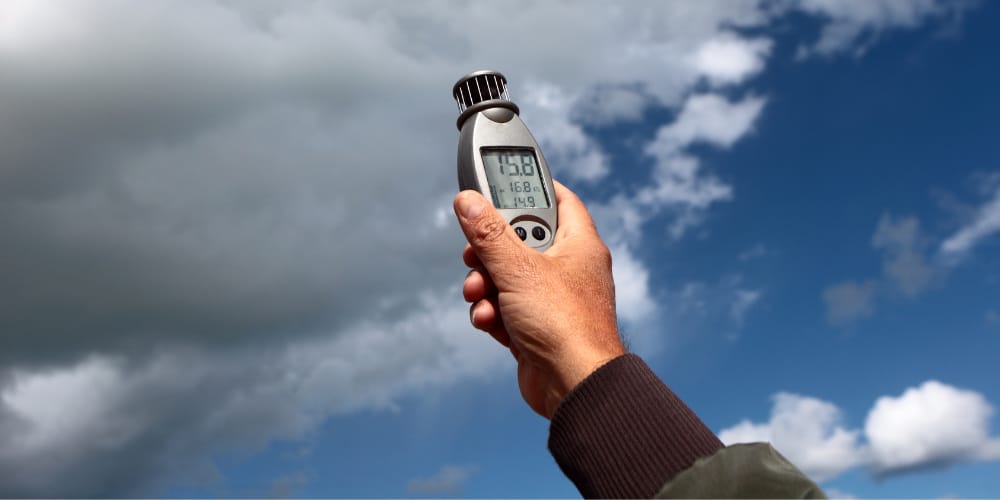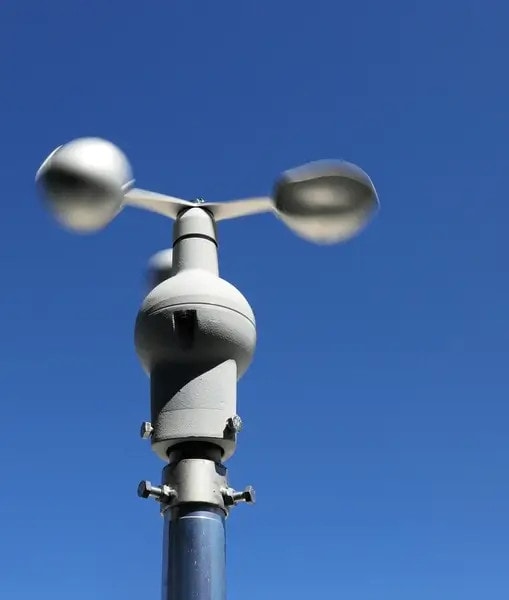Towards the end of March there was a terrible accident that brings home to us just how dangerous wind gusts can be, not just to those who work in the construction trade, but to anybody, in any walk of life. What should have been a great day out at a fairground in Harlow turned to tragedy as a gust of wind caught a bouncy castle, lifting it at least 15 feet into the air then flipping it over and carrying it across the park where the temporary funfair had been set up.
This was not the first such incident. Harlow council officers who visited a site after last year’s incident suggested several health and safety improvements, including better stewarding of the event. However, nobody would have thought that wind at ground level could cause such a horrific event.
With spring already here and summer on its way, there are sure to be similar fun events being held in cities, towns and villages across the UK as we make the most of the sunshine and warmer weather. However, event organisers know that they are legally responsible for the safety of those who attend such events whether they are festivals, funfairs, rock concerts, carnivals or fundraising events. Anybody organising an event of any type nowadays will need to take out public liability insurance in order for permission for the event to be granted.
With so many outdoor events being held in the summer months and the British weather being subject to vagaries and sudden change, it’s almost impossible to guarantee good weather on the day. Many such events are rained off while others still take place under leaden skies with temperatures suddenly plummeting. If the wind starts to blow harder, stalls, rides, marquees and stages are all at risk or becoming unstable due to sudden or strong gusts.
Using a wind monitoring system that can deliver alerts when winds reach a certain speed can give organisers the information they need to make an informed decision on whether or not the event should go ahead, whether to abandon the event when it has already started or whether to close down some of the attractions that can become particularly dangerous in high winds.
Opting for a wind monitoring system that uses cloud technology to ensure that live information can be accessed and shared anytime, from anywhere means that updates and alerts can be used to make public events of this type as safe as is possible.
If an incident should occur a historical log of wind data stored in the cloud enables investigators to assess what was happening during the event. It also provides accurate, valuable information to organisers of wind and its affects for future events.













